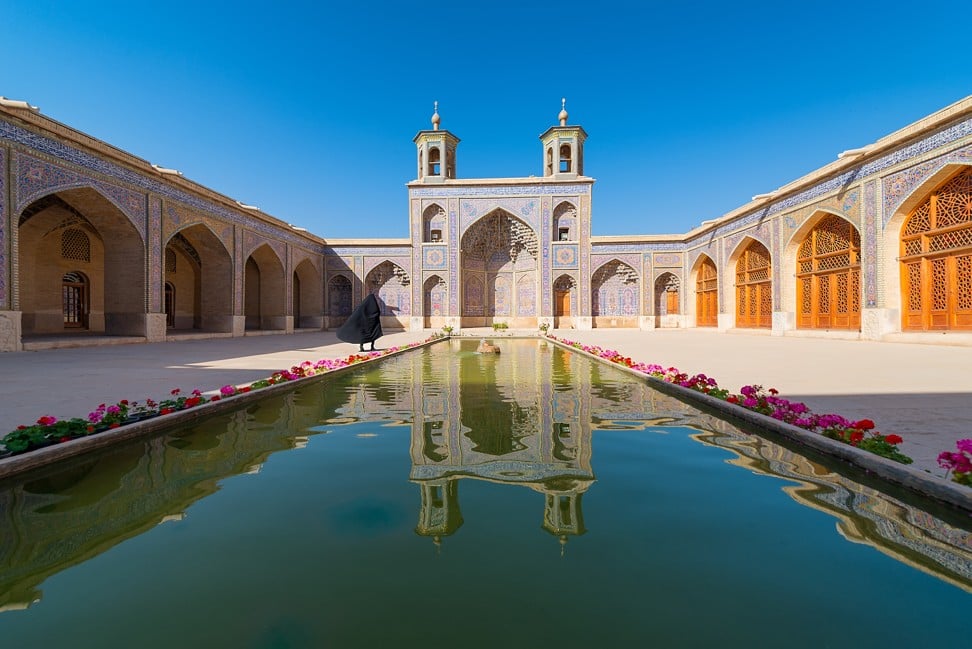
Shiraz, Syrah – did the famous red wine grape originate in ancient Persia or medieval France?
The wine was most likely bred in French region associated with Knight who brought Persian vine home from the crusades

A long-held legend has it that the Shiraz grape comes from the city called Shiraz in Iran. Shiraz was, indeed, a great centre of winemaking for thousands of years. Records written on clay tablets in the Elamite language at Cyrus the Great’s palace of Persepolis document wine production to 500BC.
But the tradition goes back much further.
Until just over a year ago, the earliest chemical evidence for grape wine came from jars unearthed at the Neolithic village of Hajji Firuz Tepe, in the northern Zagros Mountains of northwestern Iran. The village dates to about 5400-5000BC.
In late 2017, scientists found even older earthenware wine jars in Georgia, at two sites south of the capital Tbilisi. While this bumps Iran off the top spot of world’s oldest winemaker, it is almost certain that our traditions of winemaking all stem from this region around the Caspian and Black Seas.
Shiraz is also known as the City of Poetry, and Iran’s most famous and still-adored poet, Hafez, was born in there in 1315. Hafez’s writing, considered the pinnacle of Persian literature, features countless references to wine, lauding its ability to bring joy and affect transformation, whether divine or earthly.
Shiraz had earned the reputation for producing the finest wines in the Near East by the 9th century, and it continued to make wine for another thousand years, until 1979. Then came the Islamic Revolution. Iran’s new rulers banned alcohol, shut down wineries, ripped up commercial vineyards and consigned to history thousands of years of viniculture.
Winemaking may have ended in Shiraz, but can we taste echoes of this fabled city in the Shiraz wines of today? Unfortunately not.
“The Shiraz grape is the same as the Syrah grape, Shiraz being the name used most often in Australia,” says wine educator Ally Simmons. “In 1998, a research group used DNA typing to discover that Syrah was the offspring of the Dureza and Mondeuse blanche grape varieties, both indigenous to the Rhône region of France. There is, thus, no genetic connection between Persian grapes and the Syrah, or Shiraz, grape.”
So how did the grape get its Shiraz moniker?
Rhône’s famous Hermitage vineyard was founded in 1224 by a knight called Gaspard de Stérimberg, who according to a local legend brought a Persian vine back from the Crusades.
In the 19th century, a Scot named James Busby carried Syrah vines from the Hermitage to Australia. His diaries prove he knew of the legend of the Hermitage vine coming from Persia. As European winemakers at the time sometimes imported wine from Persia to add sweetness and body to their own wines, perhaps Busby thought the name Shiraz would add a sense of tradition, good taste and romance to his New World enterprise.
So while the legend of Persian wine remains alive in our Shiraz of today, the genetics do not. But this may well depend on how far back in history we look.
“Current-day Iran is one of the birthplaces of wine, and it’s unfortunate that the Islamic Revolution stemmed wine production in such a fruitful and very interesting vinicultural region. The area still could have been a major producer of wine today,” says Simmons.
“But while the science proves that the Syrah grape is a natural crossing between two local vines from the Rhône area, how do we know that millennia back, way before the time of knights, even before Cyrus the Great, someone didn’t carry a vine from Persia to France? I wouldn’t be surprised if one day we find out that all grapes originate from this part of the world.”


